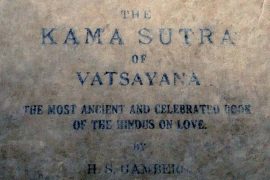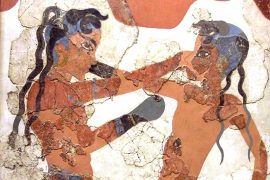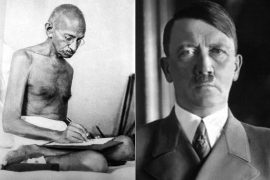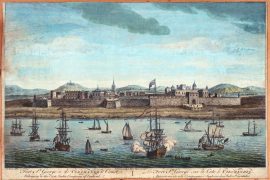On NASA’ Voyager space probe, hurtling into the farthest regions of space mankind has ever reached, is a golden vinyl record. Stored within are images and recordings of earth and its culture. One recording is of the voice of Surshri Kesar Bai Kerkar, singing a rendition of the raag Bhairavi, ‘Jaat Kahan Ho’.
Kerkar’s style of singing is practiced only by those from her Gharana (familyhood) – an association of musicians bound by lineage or apprenticeship. Her voice faded from this earth in 1977, but will remain in space for eternity on the Voyager probe, to be hopefully found and appreciated by some faraway alien race.
Gharanas represent a form of culture that is precious – all the more so for its fleeting nature. Should a generation of her familyhood emerge that doesn’t take up singing, the tradition they represent will die out with them.
UNESCO calls these examples of Intangible Cultural Heritage (ICH), with a list that accompanies those of the World Heritage Sites. India has preserved much of its theatre, dance, rituals and music through oral tradition. As tribal languages decline, the few speakers that remain bear a poignant burden carrying the last surviving vestiges of their culture.
Copyright©Madras Courier, All Rights Reserved. You may share using our article tools. Please don't cut articles from madrascourier.com and redistribute by email, post to the web, mobile phone or social media.Please send in your feed back and comments to editor@madrascourier.com











